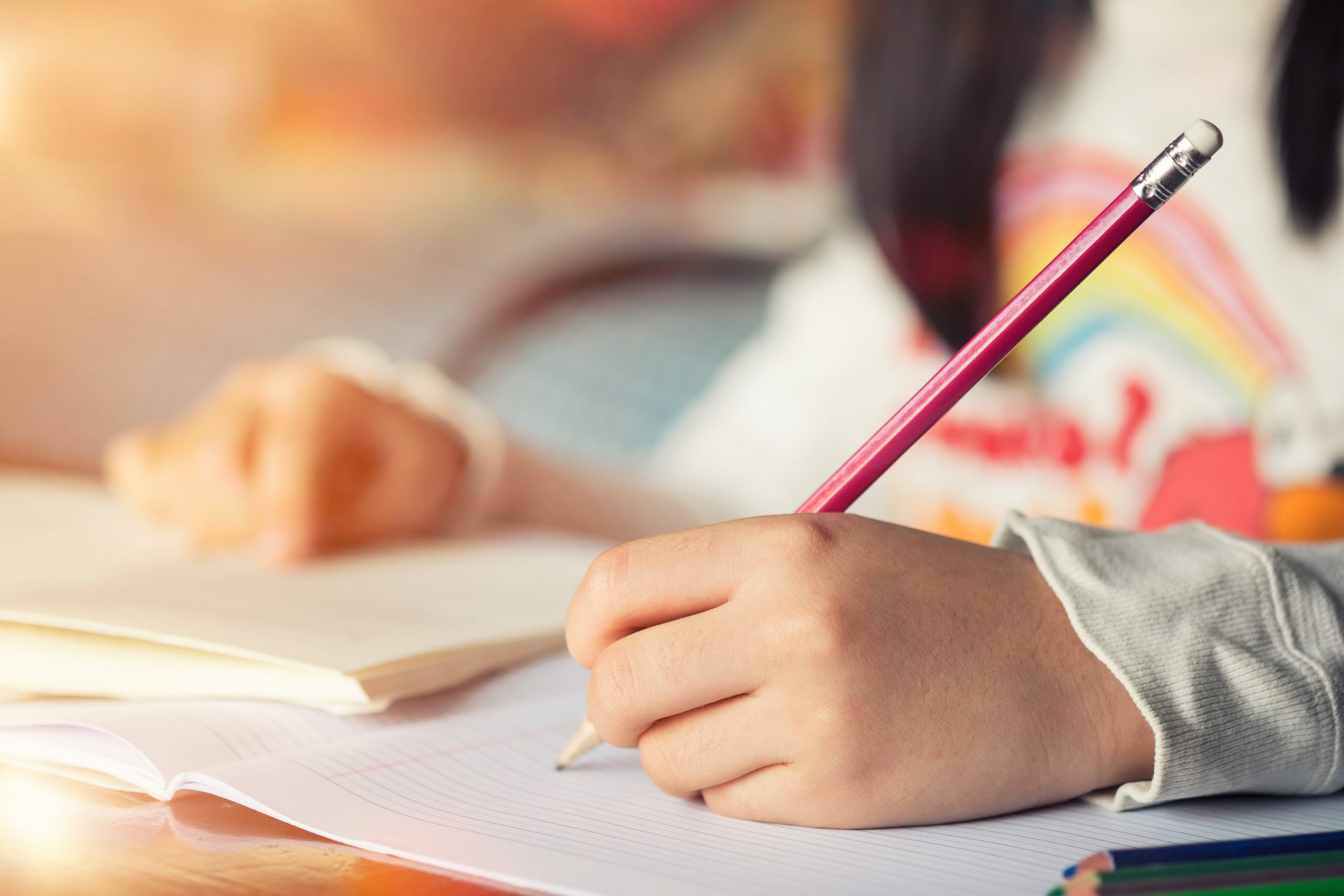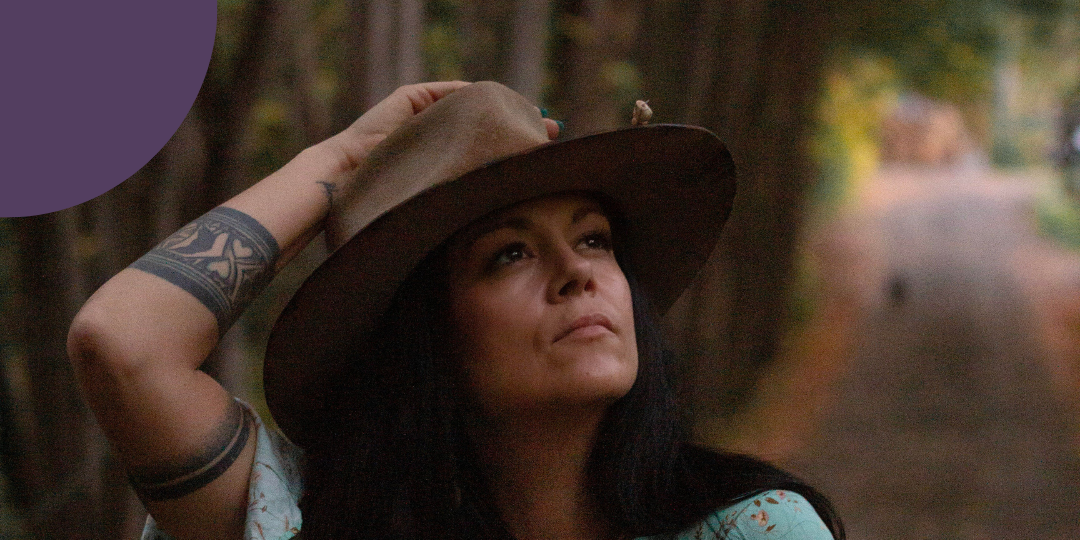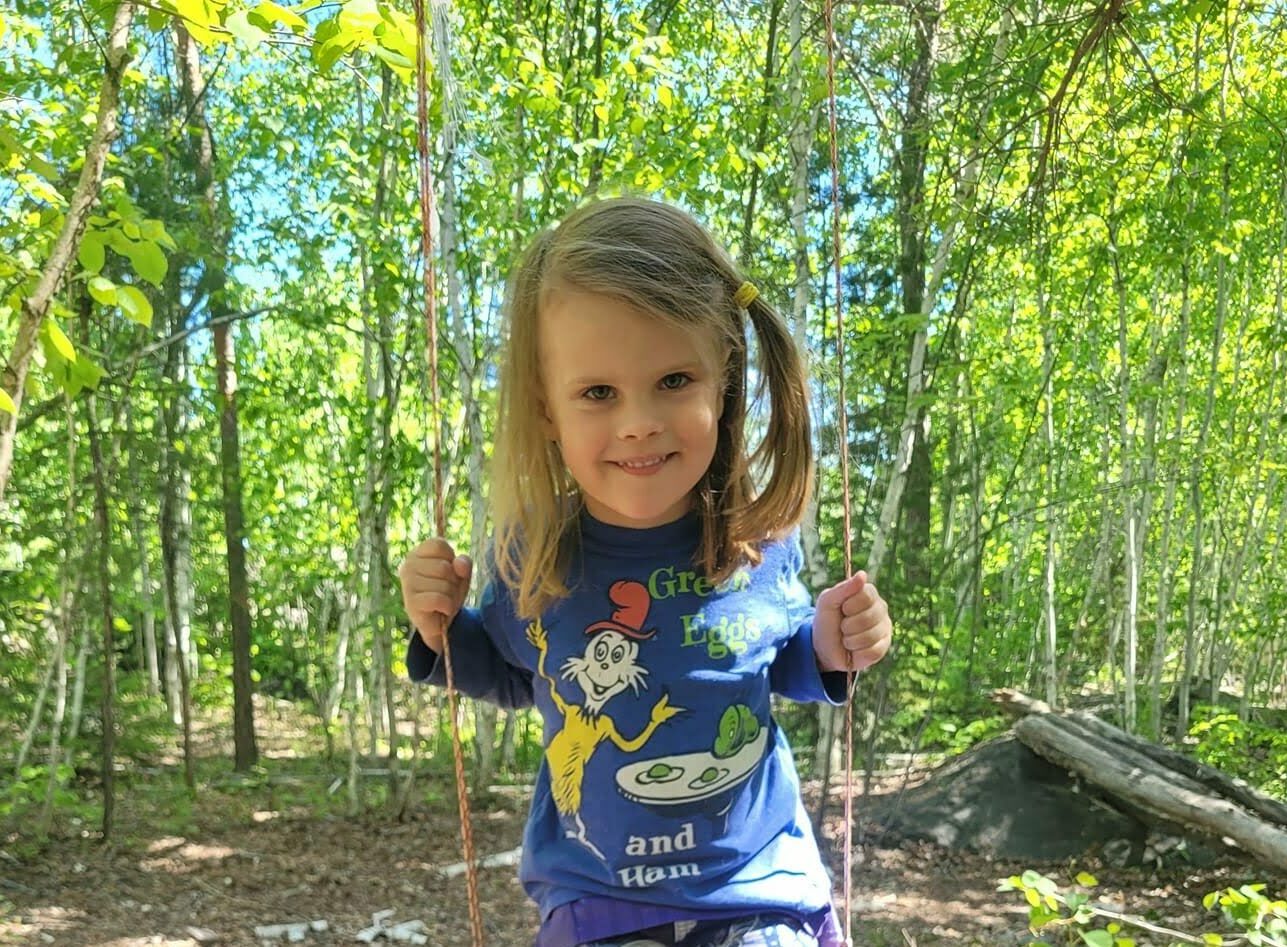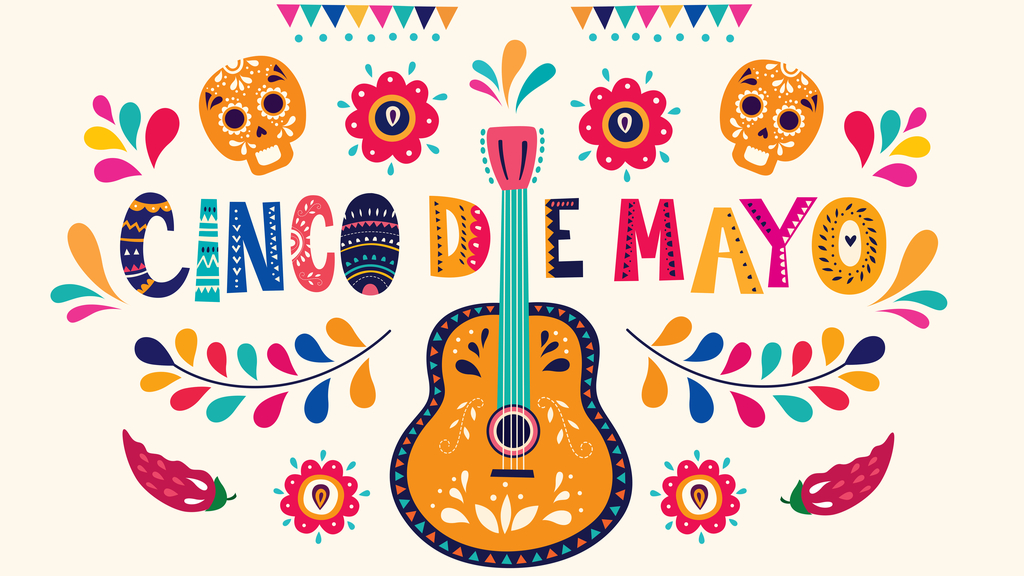What exactly is intuitive painting ? Well you see, our emotions can be expressed in different ways. Sometimes we feel the need to speak, other times to dance, but visual art can also help us to understand ourselves better! To express yourself using brushes and colors, we propose an intuitive art activity. This is a creative process that helps disconnect from the mind and invites you to explore the surprises you will inevitably encounter on on your canvas.
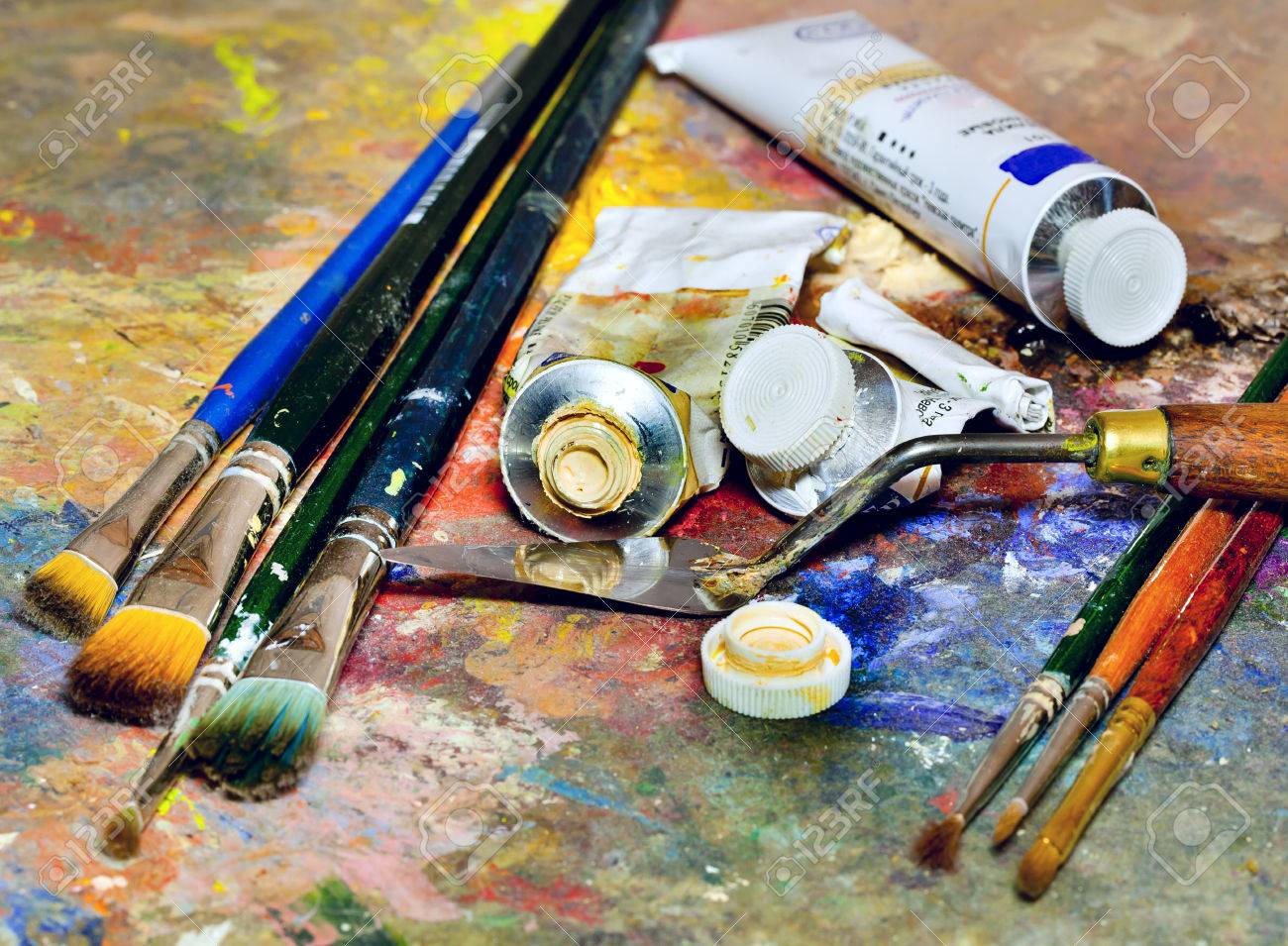
Step 1 – Setting up your art studio
Here is what you will need :
- A canvas or a white sheet of paper;
- Paint brushes;
- Paint, can water paints, or can also be gouache. What you have at home will do the trick;
- An artists smock or an old shirt to protect your clothes.
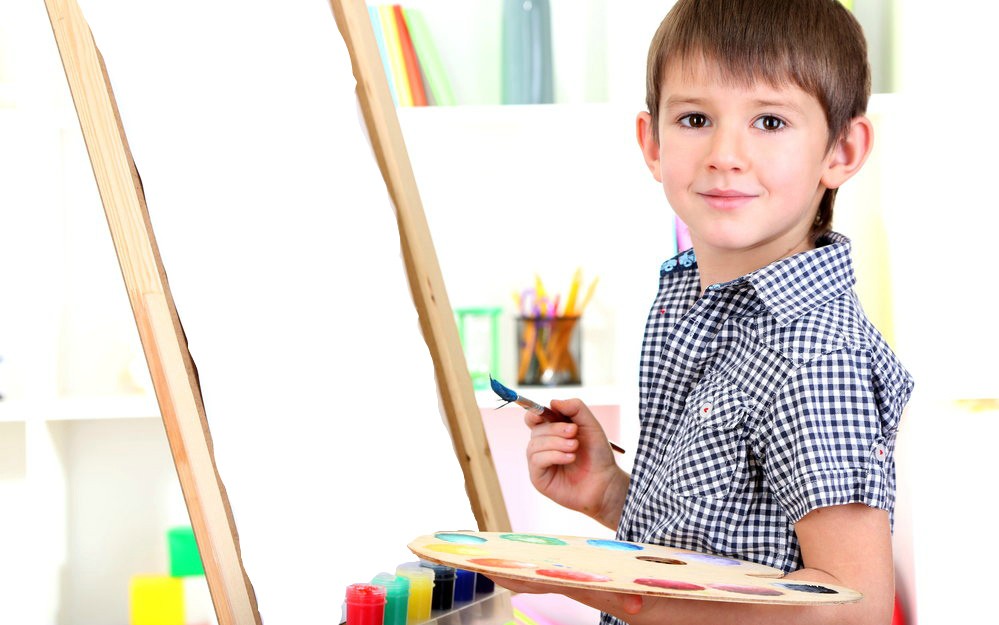
Set up your creative space with the material mentioned above. Parents are certainly invited to participate, as are children.
Don’t forget a container of water if you use water-based paint. Choosing a well-lit and quiet space is a good idea. You can also put on some relaxing music.
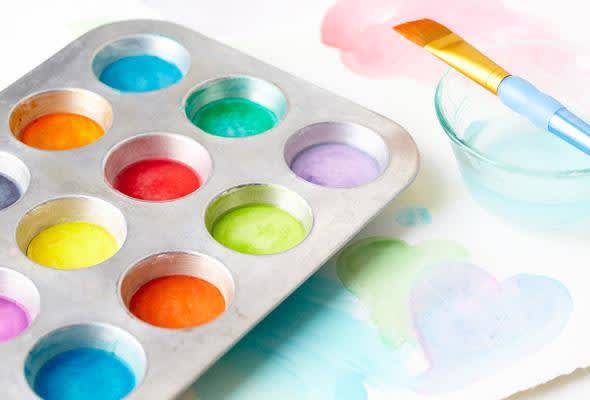
Step 2 – Colors
To express your emotional state, choose colors that represent your how you feel. Do you want to laugh today? Yellow can be a wise choice. On the contrary, do you feel sad? Maybe blue is a choice that represents your mood. That said, there are no rules. You can be sad and want to use yellow anyway. The colors that attract you are the ones to use. Let yourself be guided by your desires.
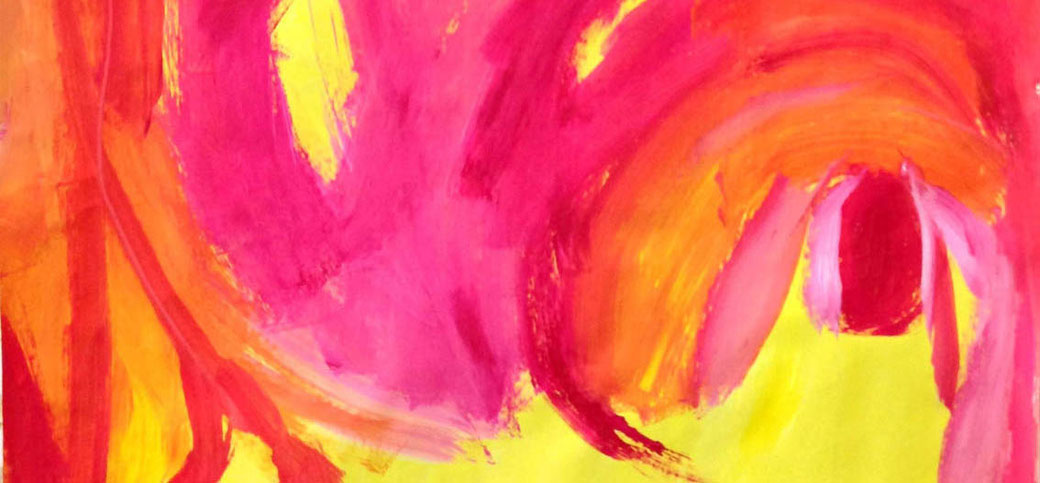
Step 3 – Shapes
As with colors, your instinct will guide the shapes you create. Do not think about what these shapes look like. Do it, that’s all! Let your hand guide you.
For more finishing, you can trace the outline of the shapes created with another color. Feel free to turn and flip your work over to see different things.
Diary
In today’s diary, kids can document the day’s activity. For example, by describing the emotions experienced during the painting or by drawing with the colors that you used during the activity. The possibilities are limitless!
If your child is documenting alone, you are invited to ask him or her questions to feed and improve the journal entry. Here are some questions you can ask:
- What do the colors you choose to use represent ?
- What do the shapes you created make you think of?
- Identify emotions and memories when you experienced these emotions.
Did you know...
- … Some colors have associated meanings, for example: the color orange represents joy, creativity, communication, security and optimism. Warning ! This symbolism varies from one society to another, in time and in space. Here is a brief overview of the symbolism of colors according to cultures.
- … At the beginning, some children say the same word to speak of all colors. That means they understand the concept of “color”. They must now learn to differentiate their different names. For more help with learning the words for colors, click here.
- … Emotions are very useful! They help us to understand situations that arise and transmit information to us about our deeper needs in relation to an event. To learn more about the role of emotions, click here.
Activity by Matante Claudette.

